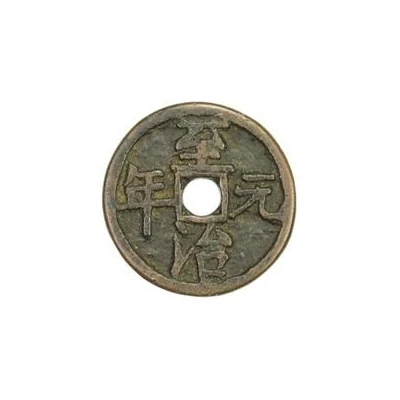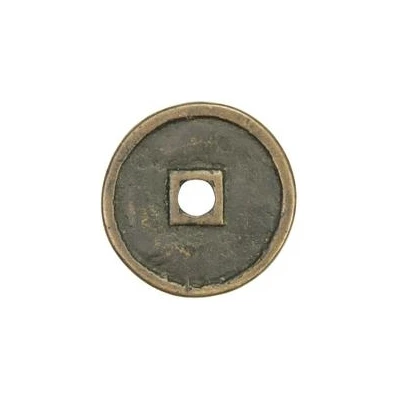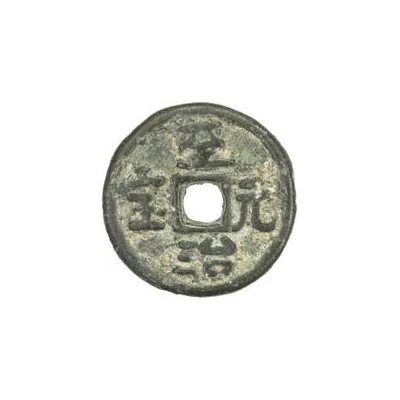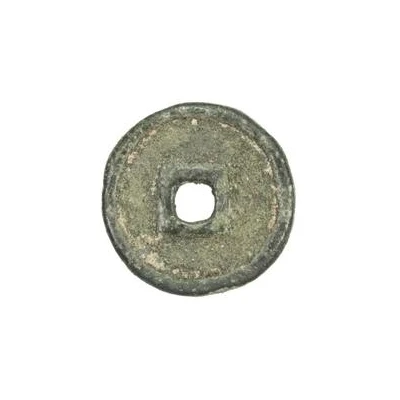


© Stephen Album Rare Coins
Fractional cash - Zhizhi Yuan Nian; temple coin
1 (1321) year| Bronze | 3.22 g | 15 mm |
| Issuer | Empire of China |
|---|---|
| Emperor | Yuan dynasty › Gegeen Khan "Yingzong" (元英宗) (1321-1323) |
| Type | Token |
| Year | 1 (1321) |
| Calendar | Chinese - Zhizhi era |
| Value | Fractional cash (½) |
| Currency | Cash (621-1912) |
| Composition | Bronze |
| Weight | 3.22 g |
| Diameter | 15 mm |
| Shape | Round with a square hole |
| Technique | Cast |
| Orientation | Medal alignment ↑↑ |
| Demonetized | Yes |
| Updated | 2024-10-04 |
| Numista | N#221519 |
|---|---|
| Rarity index | 100% |
Reverse
Blank (uniface).
Edge
Plain
Comment
This type is not listed in Hartill.During the Yuan dynasty, there was a preference for paper money and silver ingots, making actual coins scarce or rare. However, the Yuan dynasty emperors supported Buddhism, and allowed temples to cast their own statues and artifacts. These temple coins were originally cast as offerings to Buddha, but due to their metal content, they still had an intrinsic value. While they were not official issues, these were widely accepted and used as small change in the markets.
With these not being official issues, there are different diameters and weights possible. The average weights seem to be around 1/2 Cash, but smaller and larger weights exist.
Interesting fact
One interesting fact about the Token Fractional cash - Zhizhi (Yuan Nian; temple coin) 1 (1321) from Empire of China made of Bronze weighing 3.22 g is that it was used as a form of currency during the Yuan Dynasty, which was established by Kublai Khan, the grandson of Genghis Khan. This coin was used alongside other forms of currency, such as paper money and silver, and was used to facilitate trade and commerce within the empire. Despite its small size and weight, this coin played an important role in the economy of the time and is now a valuable collector's item for numismatists.

